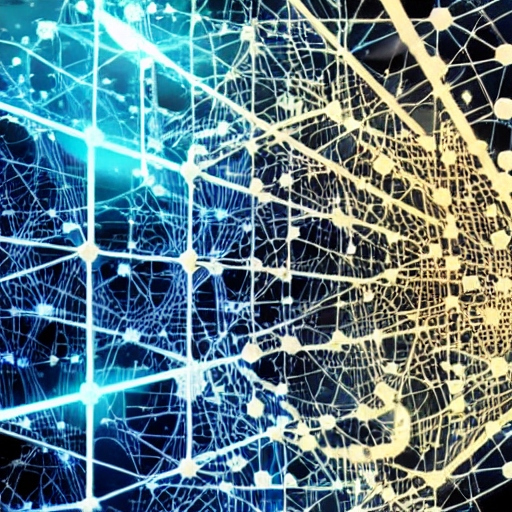Types of bias
There are several types of bias that can be present in machine learning systems. Here are some common types of bias:
- Sampling Bias: Sampling bias occurs when the data used to train a machine learning model is not representative of the target population. It can happen if certain groups or characteristics are overrepresented or underrepresented in the training data, leading to biased predictions for those groups.
- Label Bias: Label bias arises when the assigned labels or annotations in the training data are influenced by subjective judgments or biases. Human annotators may introduce their own prejudices, leading to biased predictions by the model.
- Algorithmic Bias: Algorithmic bias occurs when the machine learning algorithm itself introduces bias. This can happen due to the algorithm’s design, the features it considers, or the assumptions it makes. Biases can be inadvertently learned from the training data and perpetuated in the model’s predictions.
- Prejudice Bias: Prejudice bias, also known as societal bias, reflects the biases present in society that can be encoded in the data and subsequently learned by the machine learning model. It can lead to discriminatory outcomes based on race, gender, age, or other protected attributes.
- Confirmation Bias: Confirmation bias refers to the tendency of machine learning models to reinforce existing beliefs or stereotypes present in the training data. If the training data contains biased patterns, the model may amplify and perpetuate those biases in its predictions.
- Temporal Bias: Temporal bias arises when the training data does not reflect changes or shifts in the underlying distribution over time. If the data is outdated or does not account for evolving patterns, the model may exhibit biased behavior in real-world scenarios.
- Proxy Bias: Proxy bias occurs when the training data contains variables that serve as proxies for sensitive attributes. Although the proxy variables themselves may not be inherently biased, they can be correlated with attributes such as race or gender, leading to biased predictions.
- Underrepresentation Bias: Underrepresentation bias occurs when certain subgroups or classes in the data are underrepresented, resulting in poor performance for those groups. This can happen when there is limited data available for specific groups, leading to inaccurate or biased predictions for them.
- Overfitting Bias: Overfitting bias happens when a machine learning model learns and emphasizes noise or outliers present in the training data, rather than generalizing the underlying patterns. This can lead to biased predictions when the model encounters new, unseen data.
It is important to be aware of these types of bias and actively work towards identifying, understanding, and mitigating them to ensure fairness and reliability in machine learning systems.
Reducing data bias is crucial in machine learning to ensure fair and unbiased decision-making. Here are some strategies to help mitigate data bias:
- Collect representative and diverse data: Ensure that the training data is diverse and representative of the population you want to generalize to. Include different demographic groups, geographical locations, and relevant subgroups. Avoid collecting data that disproportionately represents certain groups or biases.
- Perform data preprocessing and cleaning: Carefully preprocess and clean the data to remove any systematic biases or inconsistencies. Analyze the data for potential sources of bias, such as missing values, erroneous labels, or outliers, and handle them appropriately. Be cautious of potential bias introduced during the data preprocessing stage itself.
- Evaluate and monitor for bias: Continuously evaluate the data and monitor for bias throughout the machine learning pipeline. Regularly analyze the performance of the model on different subgroups to identify potential bias. Use fairness metrics and techniques to quantify and assess bias in the predictions.
- Augment the data: Augmentation techniques can be employed to increase the representation of underrepresented groups in the data. This can involve synthesizing additional data points or modifying existing data to address imbalances.
- Mitigate label and annotation bias: Ensure that the labels and annotations in the data are not biased. Take steps to minimize subjective judgments and biases introduced by human annotators. Use multiple annotators and establish clear guidelines to reduce inconsistency and bias in labeling.
- Apply data augmentation techniques: Augment the data by applying techniques like rotation, translation, scaling, and noise addition. This can help the model generalize better and reduce bias by introducing more variation in the training data.
- Use bias-correcting algorithms: Implement algorithms specifically designed to address bias in machine learning models. Techniques such as reweighting, resampling, and adversarial training can be employed to reduce bias and improve fairness.
- Regularly update the model: As new data becomes available, periodically retrain and update the model to ensure that it adapts to evolving patterns and mitigates bias. This can help address biases that may have been present in earlier versions of the model.
- Involve diverse stakeholders: Include a diverse set of stakeholders, such as domain experts, ethicists, and representatives from affected communities, in the development and evaluation of the machine learning system. Their perspectives and insights can help identify and address potential biases.
- Perform external audits and reviews: Engage independent third parties to conduct audits and reviews of the machine learning system. External experts can provide an unbiased assessment of the system’s fairness and help identify any hidden biases.
It is important to note that completely eliminating bias from machine learning systems may be challenging, but these strategies can help minimize and mitigate bias to create fairer and more reliable models.








